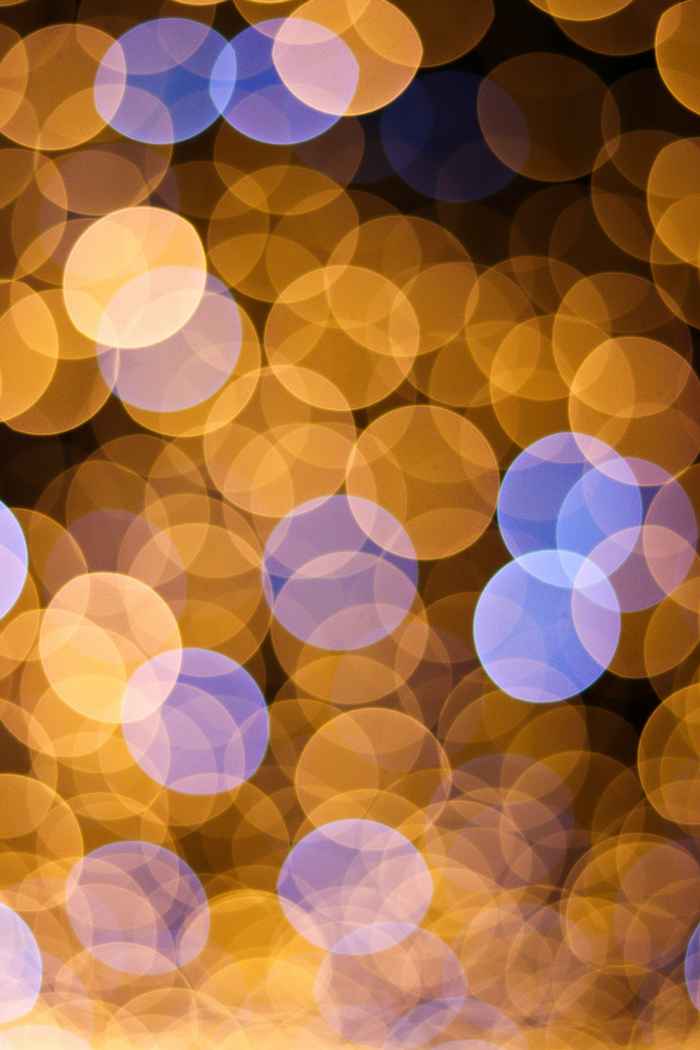Trance Cinema
- Date
- 22 October 2024
- Time
- 19:00

Expanding on the possibilities of what the cinematic medium can do, this evening ventures into how filmmakers summon ancestral spirits and mythical elements through a process of filming deeply ritualistic – shamanic. More specifically, we will see how the psychedelic-aesthetics created by the Mexican art collective Colectivo Los Ingrávidos alter the spatio-temporal perception of the image and activate (filmic) experiences of hallucination, ecstasy, and trance.
To unfold these ritualistic processes, the first part of the talk starts with a flashback into the past of trance cinema. Back, now, into the late 1950s and early 1960s, we look at how trance cinema was deeply interconnected with anthropological and ethnographic as well as avant-garde and surrealist practices. The programme shows, then, excerpts from Trance and Dance in Bali (Gregory Bateson and Margaret Meat, 1952), Les Maîtres Fous (Jean Rouch, 1955), and Divine Horseman (Maya Deren, 1954). Albeit differently, these short films express the trance dance of possession rituals revealing how the audience is put into direct contact with the ecstatic sensations of the rituals. As we will see, these immediate experiences are achieved by a choreographic use of the camera which becomes a ‘magic object’ in the ritual itself. In Rouch’s words, “the camera becomes a magic object that can unleash or accelerate the phenomena of possession because it leads the filmers into paths they would never have dared to take if they did not have it in front of them, guiding them to something that we scarcely understand”.
In the second part of the talk, we move (back) into the present to see how trance cinema is mobilised in the aesthetic practice of Colectivo Los Ingrávidos. Los Ingrávidos is an audiovisual collective from Tehuacán (Mexico) founded in 2012 during an intense moment of protests in opposition to the Institutional Revolutionary Party (PRI). The talk focuses on their cinematographic practice as a double gesture that weave the ancestral with the material; the spiritual with the political. We move between the images of Coyolxauhqui (2017), Copalli (2022), and Xiuhtecuhtl (2023) to experience how ancestral goddesses and gods are cinematographically summoned as an act of resistance against the violence of current patriarchal-colonial systems of oppression. As a collective movement of artists which creates independently in 16mm and Super 8 film stock and edit on BOLEX camera, the practice of Los Ingrávidos is here presented as a living form of aesthetic resistance and aesthetic medicine which challenge the political, economic, and ecological violence of the past and present. In other words, Los Ingrávidos urges the viewers to bring attention to their bodies and the environment in new ways disclosing alternative modes of deep listening through spatiotemporal cinema-trance.
The talk is followed by a screening of Tierra en Trance by Los Ingrávidos (2022 – 38 minutes): a cinematic/ritualistic invitation to perceive the surrounding environment differently. To follow the artists’ words “these are the dancing bodies in an agitated rapture: prelude to trance, invocation of the gods, consecration of intermittence. Here our point of view sparkle under the spell and trance of things gathered, fallen, yielding, pluvial, Mesoamerican wind, goddess breath, breeze of sticks, percussive woods. (…) This is the Entranced Earth”.
Erica Biolchini is a lecturer in Film and Media Studies at the University of Amsterdam. In her research, she investigates how relational art in its experiential rituality activates modes of perception ‘psychedelic’; spiritually revelatory and bodily worlding. Her works appear in the special issue ‘Deleuze and Guattari and the Psychedelic Revival’ of the Deleuze and Guattari Studies Journal and in the special issue ‘(Eco)Traumatic Landscapes in Contemporary Visual Culture’ of Iluminance: Journal of Film Theory, History and Aesthetics. Erica is one of the founding members of the Fuck Healing (?) Collective (https://www.fuckhealing.nl).